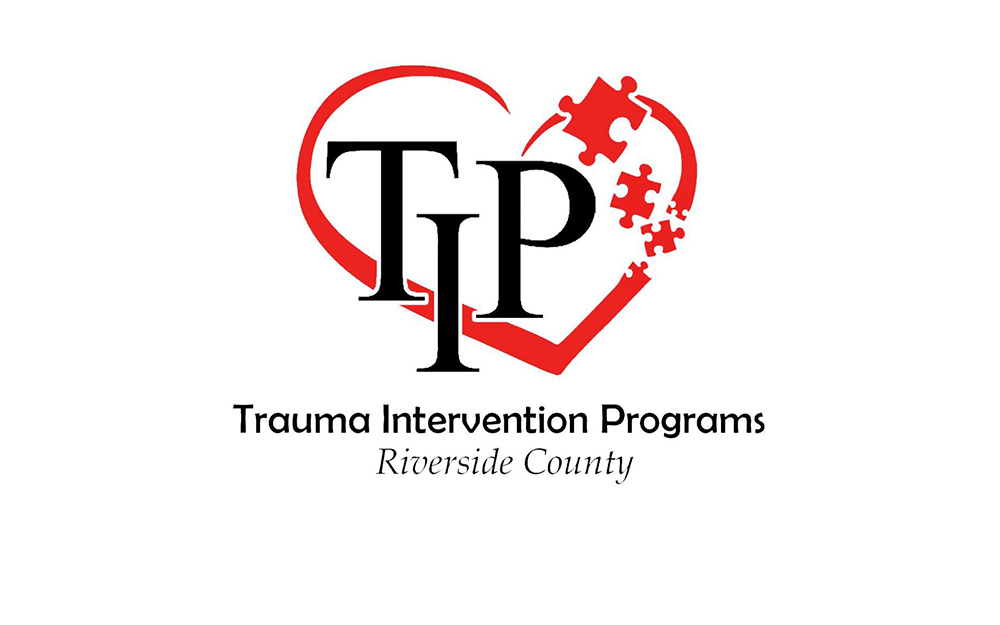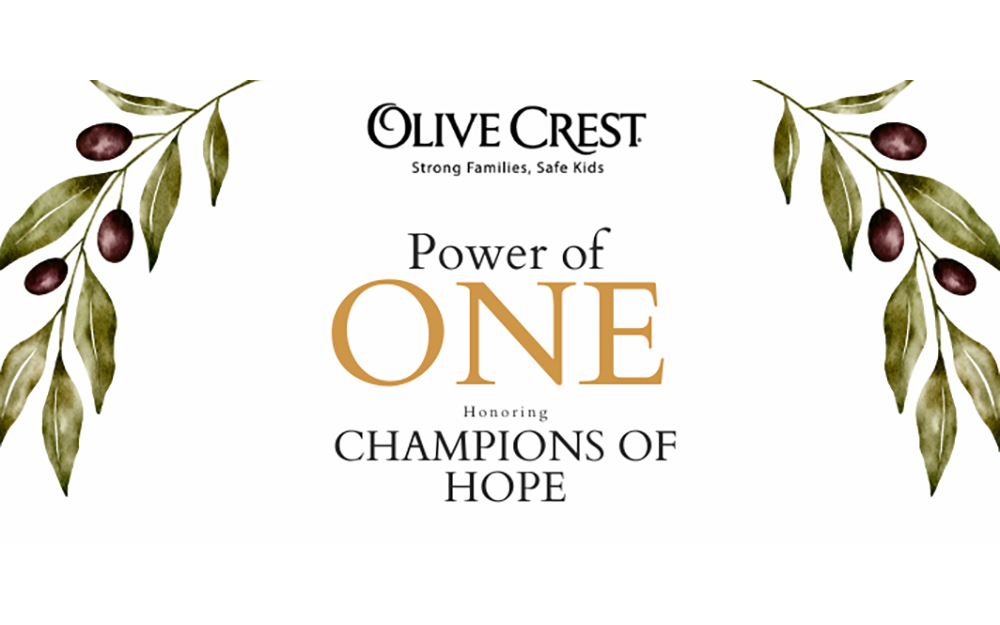A safe haven for our birds is tucked away down a rural Indio street. The Coachella Valley Wild Bird Center is a nonprofit organization formed in 1986 to care for sick, injured, or orphaned native wild birds. The ultimate goal of the center is to rehabilitate and release the birds back into their natural habitat. The center is a wonderful haven for wild birds needing help, and a place of interest to our human residents who love these feathered creatures.
Linda York, Executive Director, is one of many amazing people helping animals in our Valley. Linda is a delightful, cheerful woman, who is as colorful as some of the feathered animals she treasures. During our visit, the telephone rang off the hook as she handled numerous inquiries about birds. Palm Springs animal control officer Richard Weisman showed up with volunteer Fera Mostow, and they are pictured holding the beautiful baby Cooper’s Hawk found curbside by a Palm Springs resident. A Moreno Valley Deputy Sherriff called about a baby hawk on the ground outside a hospital, and Linda’s advice was simple, “Pick it up and put it in a nearby tree”. This week I brought a baby crow to the center after finding it immobile on the ground near a palm tree where it apparently fell from a nest. The young bird would not have lasted much longer in the hot afternoon sun. Birds are received from the public, local animal control, and the California Department of Fish & Game. High winds and high desert temperatures mean that even more birds will come in.
Linda cautioned that tree trimmers should avoid disturbing nests during nesting seasons. It is recommended that major tree trimming take place during the Fall and no later than February. Palm trees, so popular in our desert, can be trimmed every other year. Orioles and other birds nest in palm trees and their nests are often hidden from the line of vision.
When I was a child we had an amazing pet sparrow named Tweetie. My father brought him home after he fell from the rafters of an airplane hanger at Norton Air Force Base, sustaining a serious leg injury. Tweetie mimicked our parakeet and actually learned to talk, calling out “Pretty Bird” as he fluffed up his feathers. He had a cage next to the parakeet, but had frequent access to fly around our house. Tweetie selected my mother as his favorite person and often nested on her shoulder as she bustled around the house. One of his favorite activities was to “shower” under the drip of the kitchen faucet, preening on the kitchen sink divider. This unusual pet lived about 8 years, far longer than the life span of sparrows in the wild.
Linda York wants the public to know it is not always a good idea to take in a fledgling bird. Many of them are awaiting the return of their parents and do not need to be “rescued”. Before rescuing, take the dogs, cats, and kids inside to give the parent birds who are probably nearby a chance to continue caring for their young. The “Good Samaritan Law” allows you to hold a bird for no longer than 3 days before releasing it back into the wild or turning it over to a licensed rehabilitator. Keep in mind that a baby bird cannot go for three days without the proper food.
Linda explained that like kittens and puppies, birds need to be with their mothers. When young birds are left alone, it is usually because the mothers are searching for food. She explained that it’s a myth that humans touching a bird will cause its own species in the wild to reject it. To illustrate the importance of animal parenting, Linda introduced Gabby a 5 year old burrowing owl. Gabby was taken in by humans at a very young age. Linda explained that the young owl “totally imprinted” on the people who raised him, adding that “It’s important that birds be raised by their own kind so that they know who they are”. Unable to relate to other birds, Gabby will stay at the center for the rest of his life and be part of the center’s humane education program visiting elementary school students.
Linda pointed out a collection of tiny rescued humming birds, barely 2 inches in length, brought in by an Indian Wells resident after heavy winds blew apart their nest. Cora, another resident owl, flew overhead and tossed us a dead mouse….Linda was not sure if this was a friendly gift, but the bird was definitely making a statement! Linda proudly showed the 90 foot long flight cages built with a grant from the US Department of Fish & Wildlife. The flight cages provide exercise for injured birds, particularly the pelicans who require a large space. They build up their strength before returning to their natural habitat.
I was amazed to learn that birds can foster other birds. Linda explained that when birds become hormonal and lay eggs, they have the capacity to raise babies not their own. The bird center’s foster program allows rescued birds to imprint upon their own kind. Redtailed hawks, Great Horned Owls, American Kestrels, Gambel’s Quail, Barn Owls, and Red Shoulder Hawks participate in foster and rescue programs. Feedings are carefully monitored. Each bird needs so many calories depending on its weight, and the mice that are fed to them are carefully weighed to exactly calculate their calories.
As summer approaches the Bird Center is preparing for another influx of sick pelicans. Endangered Brown Pelicans and White Pelicans arrive dying from botulism (a form of food poisoning caused by bacterium) brought in from the Salton Sea by Fish and Wildlife staff. The toxins paralyze the muscles of the birds and they will die without treatment. More volunteers are needed to help with the care of these pelicans.
How did Linda York learn so much about birds and found this organization? “Things just evolved. I volunteered at The Living Desert and saw a need. My husband Doug is totally supportive, and he built almost everything you see at the Center including the cages. Doug owns a construction company. We found this modular home and visualized how to expand the space. They say find something you love to do and you will never have to ‘work’ again. Helping these birds is my passion”. She works seven days a week along with several volunteers as these rescued animals require daily care.
The Coachella Valley Wild Bird Center is located at 46-500 Van Buren, Indio, CA and open daily 8 am until noon. Appointments for earlier or later times for birding opportunities are welcome. Nearby wetlands provide visitors with birding and photographic opportunities. Guided bird walks are held the first Saturday of every month from October through May. More information is available on their website www.coachellavalleywildbirdcenter.org or call at (760) 347-2647. This is an interesting place to bring family and out-of-town visitors. This wonderful organization is a gem in our desert, promoting a deeper respect and understanding of our local wildlife.











































Comments are closed.